Hydropower Projects in Nepal: Unlocking Clean Energy
Explore Nepal's hydropower projects, potential, benefits, and challenges. Discover why Nepal is a hub for sustainable energy opportunities.
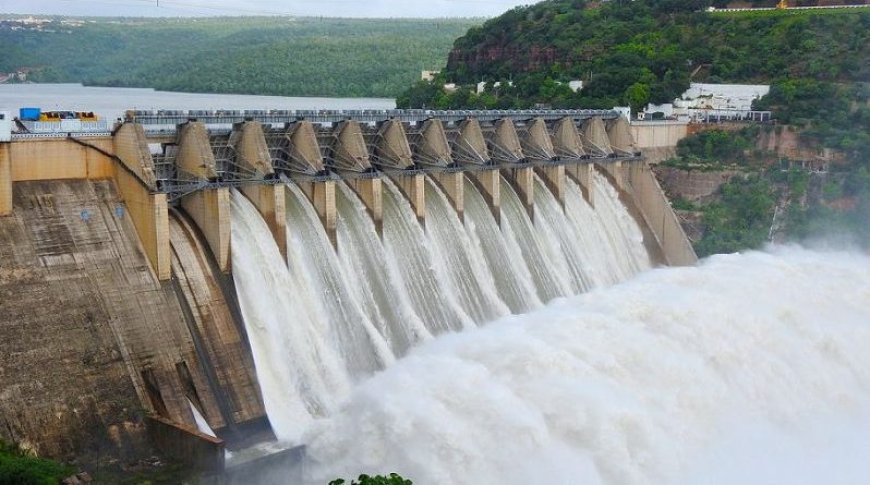
Introduction
Hydropower is a crucial renewable energy source, harnessing the power of flowing water to generate electricity. Nepal, with its unique geographical features, is a prime location for hydropower development. The country's vast network of rivers and steep topography create ideal conditions for generating hydroelectric power. As Nepal faces growing energy demands, hydropower stands out as a sustainable solution, offering a clean and reliable source of energy.
Nepal’s Hydropower Potential
Nepal's geography and hydrology are perfectly suited for hydropower projects. The country is home to numerous rivers, including the Kosi, Gandaki, and Karnali, which originate from the Himalayas and flow through the country. These rivers provide a steady and abundant water supply, essential for hydropower generation.
Nepal's estimated hydroelectric potential is a staggering 83,000 MW. However, the actual utilization to date is significantly lower, highlighting the vast untapped potential. This discrepancy underscores the need for more investment and development in the hydropower sector to fully leverage Nepal's natural resources.
Major Hydropower Projects in Nepal
| Name of Project | Location | Capacity (MW) |
| Completed Projects | ||
| Kali Gandaki A Hydropower Project | Syangaja | 144 |
| Middle Marsyangdi Hydropower Project | Lamjung | 70 |
| Upper Tamakoshi Hydropower Project | Dolakha | 456 |
| Ongoing Projects | ||
| Arun III | Sankhuwasabha | 900 |
| Upper Karnali | Surkhet | 900 |
| Budhi Gandaki | Dhading & Gorkha | 1200 |
| Planned and Proposed Projects | ||
| West Seti Hydropower Project | Doti | 750 |
| Pancheshwar Multipurpose Project | Kanchanpur | 6,720 |
Completed Projects
Several hydropower projects have been successfully completed in Nepal, contributing significantly to the country's energy supply.
- Kali Gandaki A Hydropower Project (144 MW): This project, located in the Syangja district, is one of Nepal's largest hydropower plants. It has been instrumental in meeting the energy needs of the region.
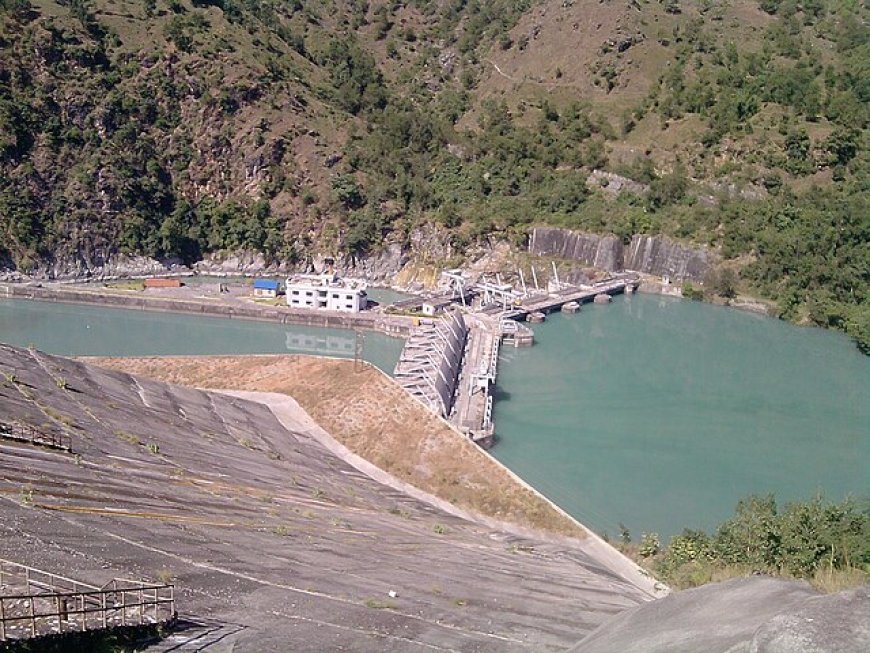
- Middle Marsyangdi Hydropower Project (70 MW): Situated in the Lamjung district, this project has played a crucial role in supplying electricity to both local and national grids.
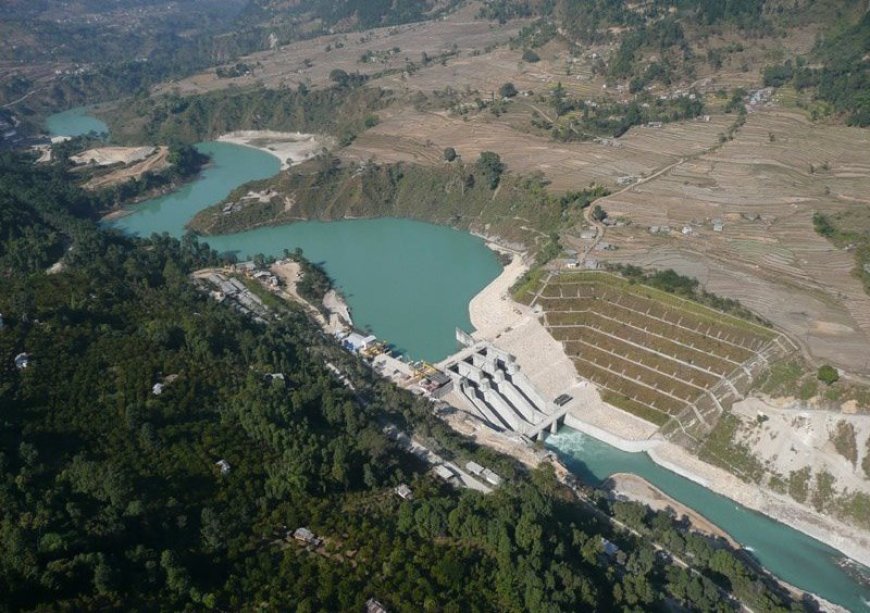
- Upper Tamakoshi Hydropower Project (456 MW): Located in the Dolakha district, this is one of the most significant hydropower projects in Nepal. It has not only increased the country's energy capacity but also serves as a model for future projects.
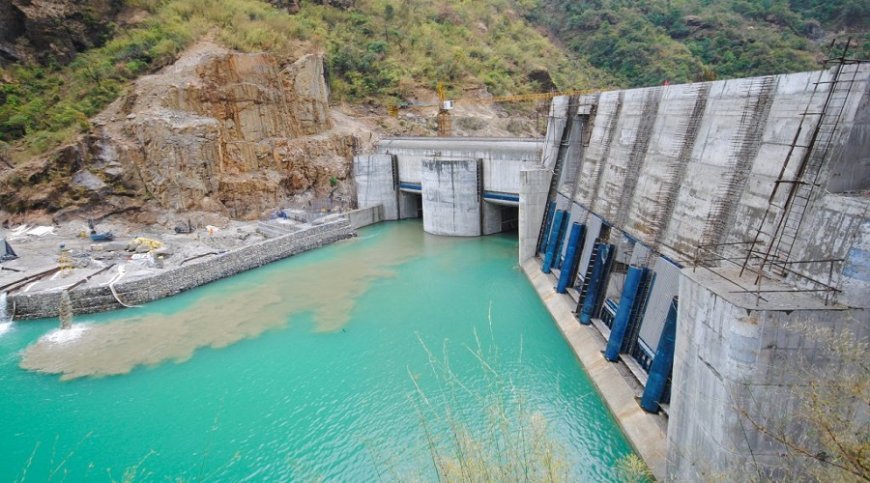
Ongoing Projects
Several large-scale hydropower projects are currently under construction, promising to further boost Nepal's energy capabilities.
-
Arun III (900 MW): This project, located in the Sankhuwasabha district, is expected to significantly enhance Nepal's hydropower capacity. It is being developed with international collaboration, particularly from India.
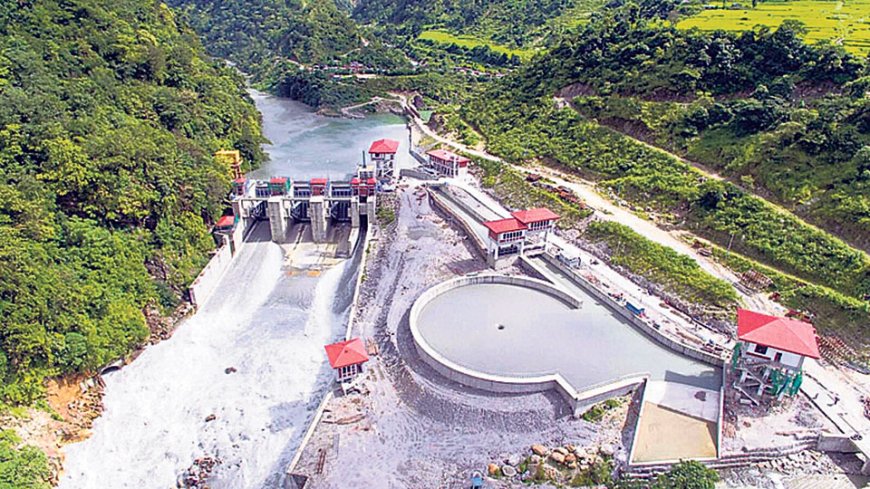
-
Upper Karnali (900 MW): Situated in the Surkhet district, this project is another major initiative aimed at increasing Nepal's energy output. It is being developed with the support of various international stakeholders.

-
Budhi Gandaki (1,200 MW): Located in the Dhading and Gorkha districts, this project is one of the largest ongoing hydropower initiatives in Nepal. It is expected to play a pivotal role in meeting the country's growing energy demands.
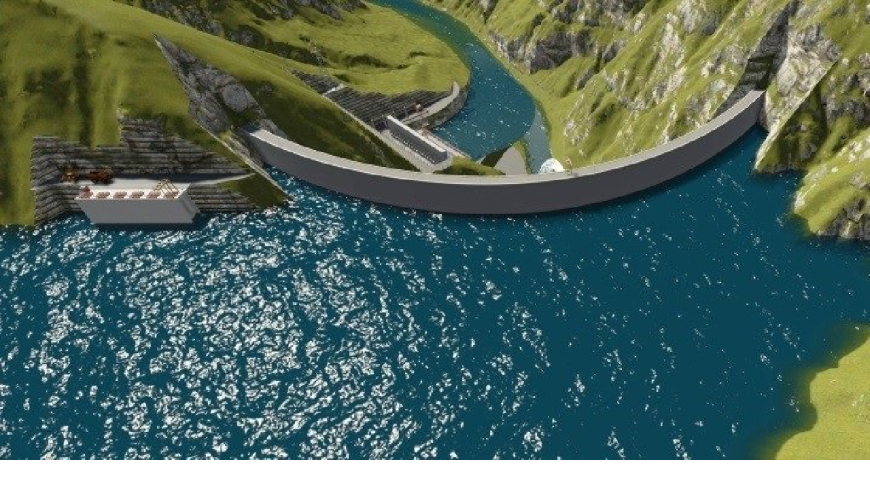
Planned and Proposed Projects
Nepal has several ambitious hydropower projects in the pipeline, which, if realized, could transform the country's energy landscape.
- West Seti Hydropower Project (750 MW): This project, planned for the Doti district, is expected to contribute significantly to Nepal's energy supply. It is being developed with the support of international investors.
- Pancheshwar Multipurpose Project (6,720 MW): This massive project, planned for the Kanchanpur district, is a joint venture between Nepal and India. It aims to harness the full potential of the Mahakali River, providing both energy and irrigation benefits.
Economic and Social Benefits of Hydropower in Nepal
Energy Self-Sufficiency
Hydropower projects in Nepal are crucial for achieving energy self-sufficiency. By reducing reliance on imported fossil fuels, Nepal can become more energy-independent. Additionally, the potential for power exports can generate substantial national income, further boosting the economy.
Employment Opportunities
Hydropower projects create numerous job opportunities during both the construction and operation phases. These projects require a diverse range of skills, from engineering and construction to management and maintenance, providing employment for thousands of people.
Infrastructure Development
The development of hydropower projects often leads to significant infrastructure improvements. Roads, bridges, and other facilities are built to support these projects, benefiting local communities and enhancing overall infrastructure development.
Challenges Facing Hydropower Development in Nepal
Environmental Concerns
Hydropower development can have significant environmental impacts, including disruptions to ecosystems and biodiversity. Additionally, the displacement of local communities is a major concern, requiring careful planning and mitigation strategies.
Financial and Technical Constraints
High initial investment costs are a significant barrier to hydropower development in Nepal. The lack of advanced technology and expertise further compounds this challenge, making it difficult to undertake large-scale projects without international support.
Political and Bureaucratic Hurdles
Delayed decision-making processes and issues with project approvals and permits are common challenges in Nepal. These bureaucratic hurdles can significantly slow down the development of hydropower projects, affecting their timely completion.
Government Policies and Initiatives
The Nepalese government has implemented several policies and initiatives to promote hydropower development. The Hydropower Policy, 2001, outlines key features and goals aimed at fostering growth in the sector. The Investment Board Nepal (IBN) plays a crucial role in facilitating investments, while Public-Private Partnerships (PPPs) and foreign investments are encouraged to drive project development.
Role of International Collaboration
International collaboration is vital for Nepal's hydropower development. India's involvement in cross-border hydropower projects has been particularly significant, providing both financial and technical support. China has also played a role in hydropower development, along with other global stakeholders and investors.
Environmental and Cultural Considerations
Measures to mitigate environmental impacts are essential for sustainable hydropower development. Preservation of cultural heritage during project execution is also a priority, ensuring that local traditions and historical sites are protected.
Hydropower’s Role in Sustainable Development Goals (SDGs)
Hydropower plays a crucial role in achieving Nepal's clean energy goals and aligning with global commitments to reduce carbon emissions. By providing a sustainable and renewable source of energy, hydropower projects contribute significantly to the Sustainable Development Goals (SDGs).
Future Prospects of Hydropower in Nepal
The future of hydropower in Nepal is promising, with vast untapped potential waiting to be leveraged. Advances in technology and renewable energy integration offer exciting opportunities for growth. Nepal has the potential to become a net energy exporter, further enhancing its economic prospects.
Case Studies of Successful Hydropower Projects
Upper Tamakoshi Hydropower Project
The Upper Tamakoshi Hydropower Project is a shining example of a successful hydropower initiative in Nepal. Completed in 2021, this 456 MW project has significantly boosted the country's energy capacity. The project's success can be attributed to effective planning, international collaboration, and community involvement.
Arun III Hydropower Project
The Arun III Hydropower Project, currently under construction, is another model of success. With a capacity of 900 MW, this project is expected to play a pivotal role in meeting Nepal's energy needs. The project's development has involved extensive environmental and social impact assessments, ensuring sustainable practices.
Public Perception and Community Involvement
Public perception and community involvement are crucial for the success of hydropower projects. Awareness campaigns to educate communities on the benefits of hydropower are essential. Involving local stakeholders in decision-making processes ensures that their concerns are addressed, fostering support for these projects.
Recommendations for Accelerating Hydropower Development
To accelerate hydropower development in Nepal, several recommendations can be implemented:
- Policy Reforms: Streamlining approval processes and implementing policy reforms can help overcome bureaucratic hurdles.
- Domestic Capacity-Building: Focusing on domestic capacity-building can address the lack of advanced technology and expertise.
- Enhancing International Partnerships: Strengthening international partnerships can provide the financial and technical support needed for large-scale projects.
Conclusion
Nepal's hydropower potential is immense, offering a sustainable and renewable source of energy. By addressing the challenges and leveraging the opportunities, Nepal can unlock the full potential of its hydropower sector. Collaborative efforts are essential to overcome the obstacles and position Nepal as a leader in sustainable energy. The future of hydropower in Nepal is bright, promising significant economic and environmental benefits.
Frequently Asked Questions (FAQs)
What is the total hydropower potential of Nepal?
Nepal's estimated hydroelectric potential is 83,000 MW, making it one of the most promising countries for hydropower development.
What are the biggest challenges to hydropower development in Nepal?
The biggest challenges include environmental concerns, high initial investment costs, lack of advanced technology, and political and bureaucratic hurdles.
Which are the largest ongoing hydropower projects in Nepal?
Some of the largest ongoing hydropower projects in Nepal include Arun III (900 MW), Upper Karnali (900 MW), and Budhi Gandaki (1,200 MW).
How does hydropower benefit Nepal’s economy?
Hydropower benefits Nepal's economy by reducing reliance on imported fossil fuels, creating job opportunities, and generating national income through power exports.
Is hydropower environmentally sustainable in Nepal?
Hydropower can be environmentally sustainable if proper measures are taken to mitigate impacts on ecosystems and biodiversity, and if local communities are involved in the planning and execution of projects.
What's Your Reaction?





































































































